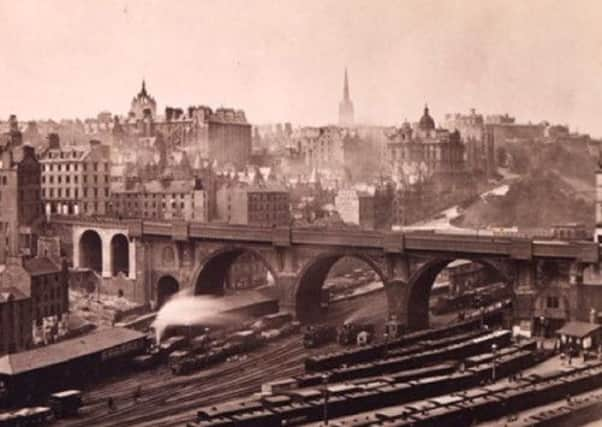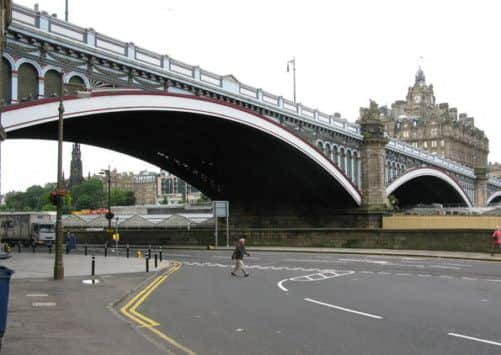Lost Edinburgh: The North Bridge
This article contains affiliate links. We may earn a small commission on items purchased through this article, but that does not affect our editorial judgement.


Edinburgh in the 1700s was a very different city to the one we know today. The city boundary was restricted to the dramatic crag and tail feature which swept eastwards from the castle. Up to 35,000 people inhabited a space under a mile long making Scotland’s capital one of the most densely populated urban areas in the world at that time. The overcrowded population were crammed into crumbling tenements, many of them up to fourteen storeys high in order to make the most of the limited space.
Edinburgh’s nobility were often forced to accept the unthinkable and share dwellings with the lower classes. Change was not just desired, it was deemed an absolute necessity if the city was ever to move forward.
Advertisement
Hide AdPlans to build a New Town to the north were discussed as early as the 1750s but without the means of connecting it with the rest of Edinburgh, it would be nothing more than a fanciful dream. Phase one required the draining of the ancient Nor’ Loch, a man-made stagnant body of water located in the area which we now term as Princes Street Gardens. Drainage began in 1759 and would continue up until the 1820s. Dry land at the east of the Nor’ Loch valley allowed for what was undoubtedly the most ambitious engineering project to have been built in the city at that point: An eleven-hundred foot long stone bridge. The North Bridge, as it would be named, enabled the New Town to become a reality. A brand new chapter in the city’s history was about to begin.


The foundation stone of architect William Mylne’s North Bridge was laid in October 1763 but it would be a further two years before any serious amount of progress was made. The magnificent multi-arched bridge first opened to pedestrians in 1769 to much fanfare and excitement. However, the cheers quickly died down in August of that year when a partial collapse claimed the lives of five people. Haste in construction and a poorly calculated estimate regarding the depth of the foundations were said to have been the primary cause. Rebuilding work demanded £18,000 (almost double the original cost of the project) and the city would have to wait until 1772 before the grand reopening.
The North Bridge consisted of three main arches and several smaller arches, many of them concealed, on either side. After the bridge’s final completion, building work on the first residences of the New Town would commence within five years. Edinburgh would go on to expand like never before as the world’s largest Georgian townscape began to take shape.
A new North Bridge
The much-anticipated bridge was only to last a little over a century. Redevelopment and expansion of Waverley train station was being held back by the narrow space available between the piers of the North Bridge. It was becoming obvious that a new link was needed. Construction of the current steel bridge that we know today was completed in 1897 at a cost of £81,000. The North British Railway Company contributed to a third of the cost.
There are now several bridges in the city but it is the North Bridge which is most visible. Today the bridge continues to play a vital role in dictating the ebb and flow of the city, much as it has done for the past 240 years.